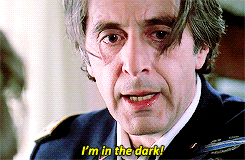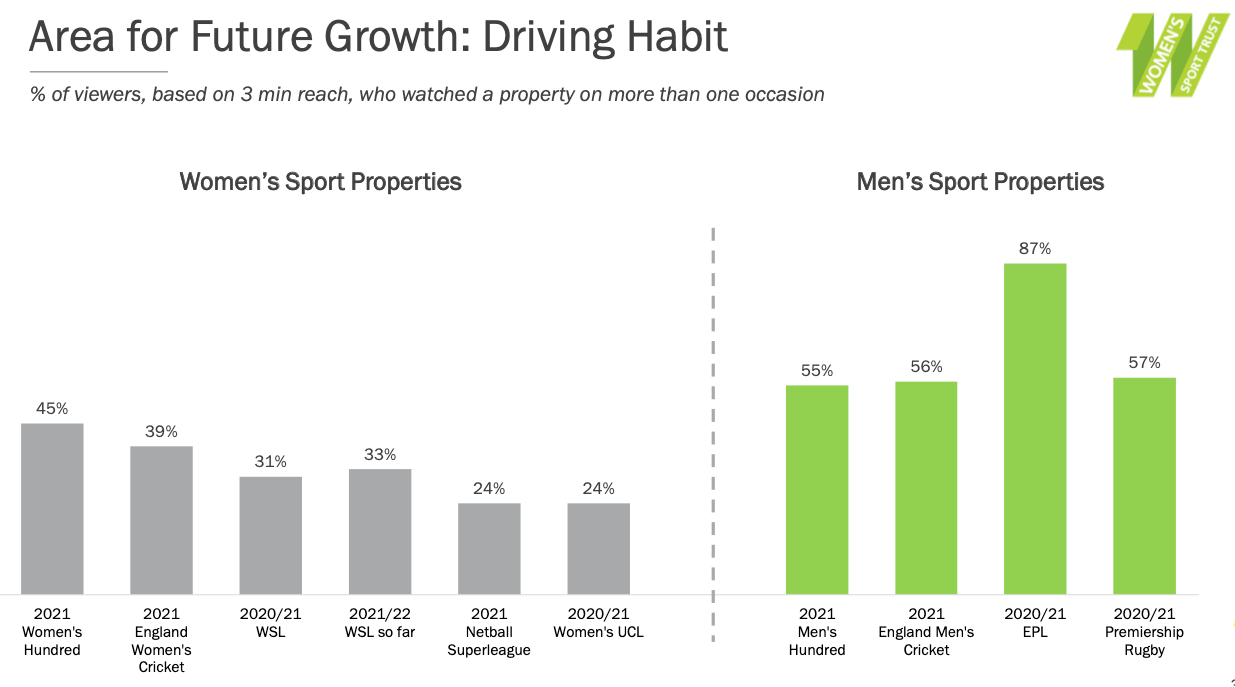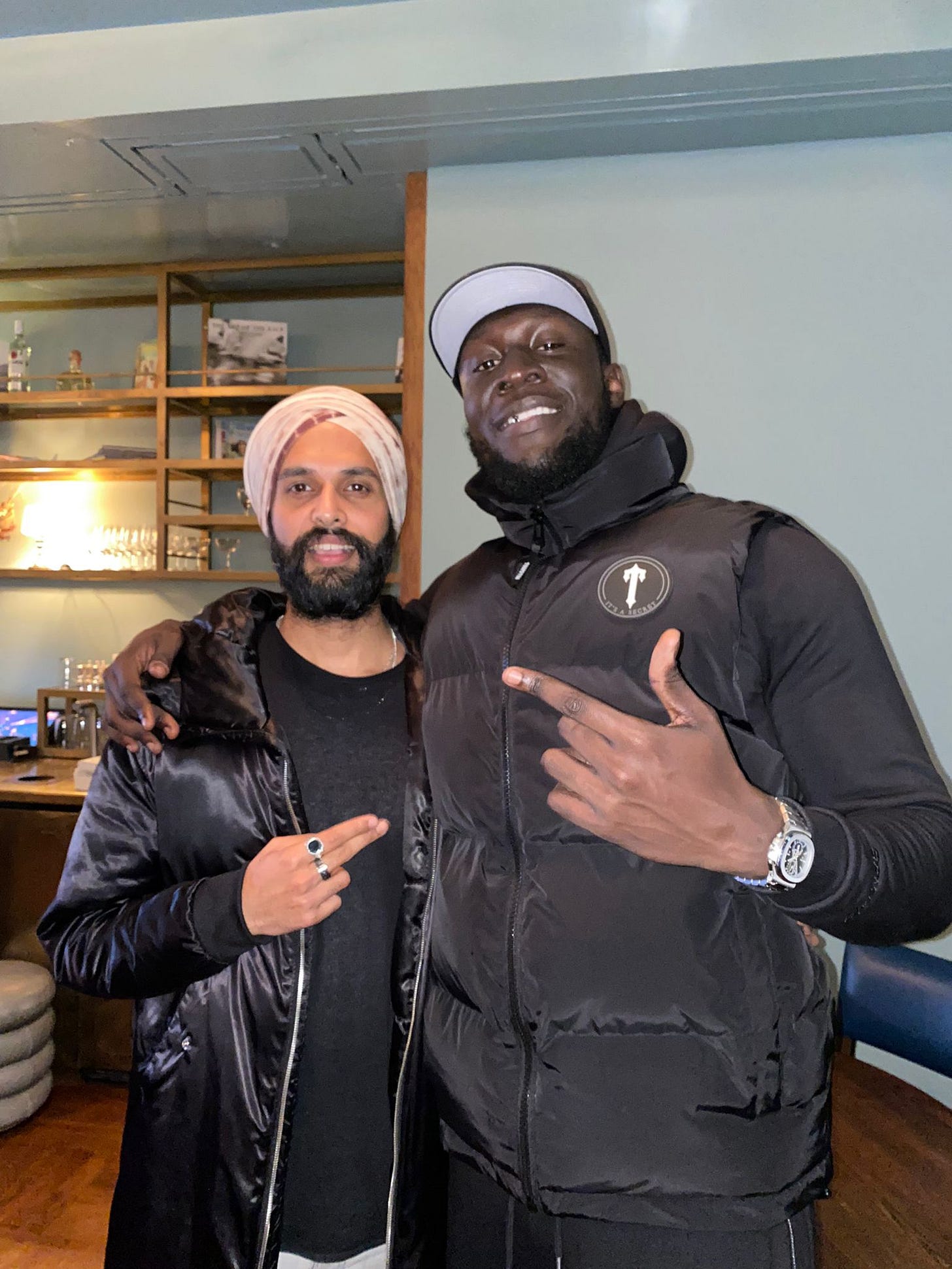What went right; The power of specificity; Unreliable proofs of concept; CVC, IPL and structural hedges; Over reading The Hundred; Women's street football; Rashford's cut through
Overthinking the sports business, for money
Join the thousands of people who subscribe to Unofficial Partner.
We publish two podcasts each week, on Tuesday and Friday.
These are deep conversations with smart people from inside and outside sport.
This newsletter is our way of picking up the threads, and is published every Thursday.
Our entire back catalogue of over 200 sports business conversations are available free of charge here.
Each pod is available by searching for ‘Unofficial Partner’ on Apple, Spotify, Google, Stitcher and every podcast app.
If you’re interested in collaborating with Unofficial Partner to create one-off podcasts or series, you can reach us by replying to this email.
Specificity pt1: What Went Right?
I’ve come to think this is the hardest question in any sphere: What - specifically - went right?
So much of what we talk about follows this shape:
Success happens, however defined.
The reasons for the success are devoured for meaning.
These reasons become ‘lessons’, which calcify in to received wisdoms and become widely used proofs of concept.
And on we go.
The middle bit, number 2 above, is where the problem lies.
Our analysis of success is riddled with attribution error, giving credit to the wrong things, and/or over playing the impact on success on one single factor.
We do this because it’s easy.
Specificity pt2 - Unreliable proofs of concept
An IPL for sailing.
The F1 of fitness.
A Drive to Survive for county cricket.
A Champions League of tennis.
You get the idea. A bit of this, a bit of that. A useful framing device for something that doesn’t yet exist.
The problem is specificity.
What specifically is it about the IPL that has worked, that makes it a good model for another sport in a different part of the world?
WhatWentRight?
Specificity pt3 - CVC, IPL and hedges
CVC just paid $745million for a team that doesn’t exist.
The bet is that there’s a future fan for the Ahmedabad franchise.
It’s a wager that’s hedged by the IPL’s commercial and playing structure - closed league; shared spoils; Disney’s $2.6bn domestic deal up for renewal next year; ‘It’s cricket in India, stupid’.
The IPL is a regular proof of concept for other wannabe sports properties.
It gets referenced in decks, as evidence of WhatWentRight.
But which bits are able to be stolen and applied to your thing, specifically?
CVC hasn’t bet on the IPL as a proof of concept, it’s bet on the IPL.
Those are two very different things.
Sounds like semantics, but $745m says it ain’t.
See also: Good thread on revenue flows in to IPL franchises here.
Specificity pt3 - Women’s sport in the media
Really interesting podcast tomorrow (UP #205), bouncing off new Women’s Sport Trust research in to UK media coverage of women’s sport. You can get the data here and I’d suggest having a look at it before you listen to the pod.
There’s good news in the report. The numbers are going in the right direction.
But working out WhatWentRight is as ever, tough work.
The Hundred, WSL, Solheim Cup, Netball Superleague are the stand out properties that demonstrate growth in viewership over the period of the research.
Two graphs highlight the central question.
This one demonstrates how audiences come to big events, often driven by the performances and appeal of high profile women athletes.
But how do you capture those people and convince them to turn up on a regular basis? The answer is something to do with creating habit, and the difficult job of building genuine team fandoms versus creating sporadic media moments for big event junkies.
Specificity pt4 - Tells
Pet theory: We talk in abstract about things we don’t know much about.
Esports. Women’s sport. American sport. The Asian football fan. The market in China. Data. Digital.
Each of these words and phrases - I hear and use them a lot - are tells.
They reveal that I’m unsure of my ground. I’m resisting specificity.
Build: Jo Osborne, Exec Producer at Sky Sports, put me right on the podcast.
In the context of the discussion re team habits above, I asked Jo whether Emma Raducanu’s US Open success relevant to the job of building sustainable interest in women’s sport?
Jo countered that I wouldn’t ask that question of men: The assumption that one great athlete must bear the weight of promoting a whole gender’s sport viewing is, when you think about it for more than a few seconds, absurd.
She was right, fair cop. Be specific.
Specificity pt4 - Over reading The Hundred
If I’m working at the ECB, I’m loving the above WST report.
Graph after graph show The Hundred outperforming the market, in terms of hours of coverage across pay and FTA.
6 out of the top 10 most watched women’s cricket matches in the UK on record are from The Hundred, with the opening game of the tournament being the most watched women’s cricket match in the UK on record and the Final in 2nd place
I fully expect every new sports property to come with references to The Hundred, as ‘evidence’ of lessons learnt and best practice.
But, if I’m honest, I still don’t really know WhatWentRight.
For this reason, The Hundred is a new entry in to my Unreliable Proofs of Concept Hall of Fame.
Another Hundred reference: the joint header matches, now lauded as a landmark feature and a strategic masterpiece, were in fact a happy accident, prompted by Covid necessity - who cares, take the win.
This was revealed in last week’s pod Inside The Hundred with Rob Calder and Elizabeth Warren Wild of the ECB. Hear it here #HearHere.
Specificity pt5 - Habit is a euphemism for betting
Supply side route: Engagement in women’s sport requires a long term commitment to building the habit that’s inherent in sustainable team fandom. By clever marketing and investment in to deeper insight in to fan behaviour, team brands can trigger habits that build life time value.
Or.
Demand side route: The FA/ECB/England Netball responds to signals from the market for sport. This would lead in a different direction, by following the US model and placing gambling at the centre of the women’s game. The media coverage would be plastered with in-game betting triggers and other betting proxies, such as fantasy and gamification. The engagement numbers sky rocket.
The second scenario is the more rational approach. And is impossible for any national governing body in receipt of government money.
A private league, funded by bankers and billionaires? Maybe.
Linked: A tweet from Lalit Modi seems to pull two of the above threads together. Betting is not legal in India. CVC has stakes in betting firms.

Modi raises an intriguing question: What is CVC’s sports play really about?
They have form when it comes to making a shedload from gambling firms.
The move would seem to mark a major victory for CVC, which acquired a reported 80% stake in UK-based Sky Bet during 2015 for £800 million (about $1.1 billion at today's conversion rate). The Stars Group will pay $3.6 billion in cash and $1.1 billion worth of newly issued stock, with Bloomberg reporting that CVC's cash-and-stock takeaway will be valued at some £1.9 billion. Sky, meanwhile, will receive about £570 million in total compensation for its 20% stake in Sky Bet.
Specificity pt5 - Purpose
Specificity is why Marcus Rashford’s school meals campaign cuts through better than thousands of abstract brand purpose statements of net zero this and saving the world that.
Marketing resists specificity because it makes virtue statements more accountable.
Specificity pt6 - Women’s street football as a brand platform
Gundeep Anand is on to something, again.
The Last Stand was described by the BBC as ‘the UK’s coolest street football tournament’.
Now Gundeep’s doing a women’s version. Hear this week’s podcast.
Let’s just play word bingo for a moment.
Women, football, street, culture, youth, authentic, celebrity, influencer…
If I’m a brand wanting to make a mark, that’s a lot of good words.
Nando’s and EA Games are already in.
Ricardo Fort and Michaela Gooden are in.
UP is in.
FFS, even Stormzy’s in.
So, form a queue people.
The only flag - identified in the podcast by Ricardo Fort - is fear. Of making a good but bold decision rather than an ineffective but easy, unspecific one.
Fort: It's safer to hire an ad agency to shoot a commercial with some celebrity, because if it goes wrong, there are so many people to blame. Taking the risk and investing in an event that has the potential to grow? That’s on you.
The one thing (The Last Stand women’s street football tournament) lacks is scale. But nobody can be born massive.
A lot of people today look at Coca-Cola as a reference for football work. But when Coca-Cola signed the first contract with FIFA in 1976, the main right that Coca-Cola bought was the right to develop grassroot tournaments.
So it is a build up, and if a brand wants to be involved with football, with culture and women, you have to do it.
All my instincts say this is 100% true. There are no short cuts. There’s no such thing as buying a demographic.
Personal Bests
Sports biz people list their favourite things
This week: Kush Unadkat, Senior Marketing Manager, Fuse.
Best sports marketing campaign (that wasn’t yours) :
For me it must be the 2002 Nike Cage football tournament with the Elvis soundtrack. Iconic moment!
Street football again. Still a thing.
Enjoy the Unofficial Partner newsletter? Tell your friends
Subscribe to the Unofficial Partner podcast.
Help us game the Substack algorithm by liking this newsletter and spread the word on social media.
Follow @RichardGillis1 and @PaulPingles (aka the ill-judged Twitter handle of Sean Singleton, the UP co-founder).
Read over 100 gushing five star reviews for UP on Apple Podcasts - click the link to add yours.











